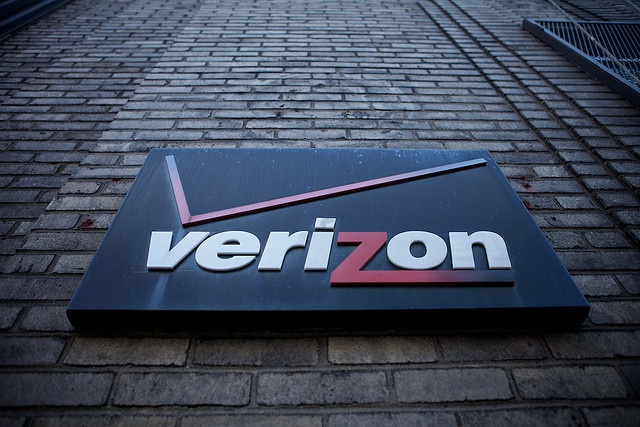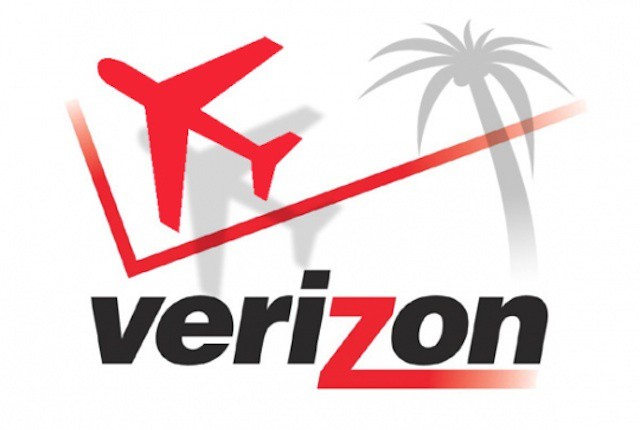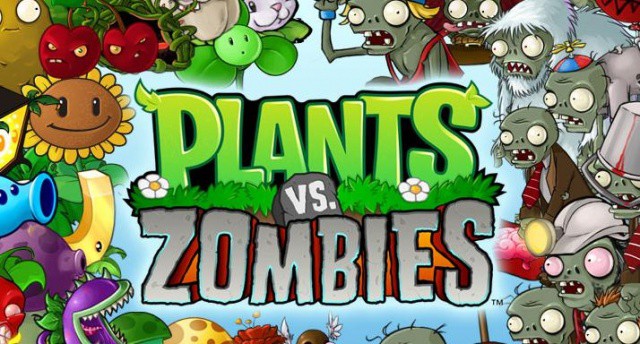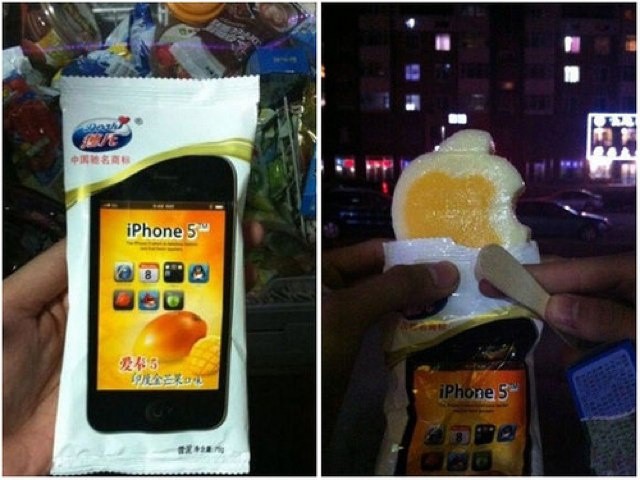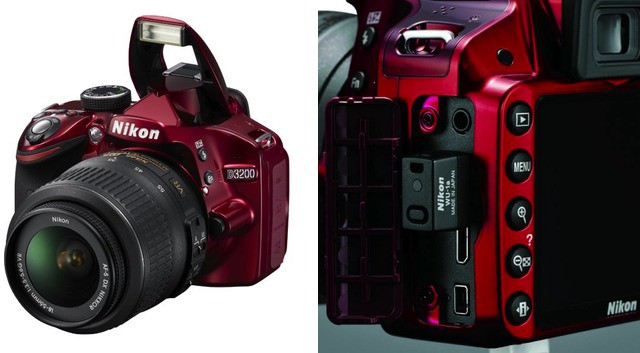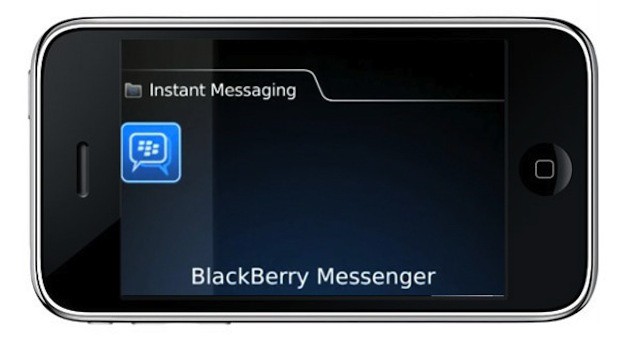One of the interesting tidbits to emerge from testimony during Oracle panent infringment trial against Google is that Oracle had considered producing its own smartphone and buying either RIM or Palm. The testimony came from Oracle chief Larry Ellison, who was a close personal friend of Steve Jobs. Ellison is, in fact, quoted as describing their relationship as “best friends” in Walter Isaacson’s biography of Jobs.
The news raises some interesting questions – not the least of which are whether Jobs knew of the plan and what impact Oracle jumping into the smartphone game against the iPhone might have had on their friendship. Jobs was obsessed with the idea that Google and its former CEO Eric Schmidt (also a former Apple board member) had ripped off Apple’s iOS design work in creating Android.





![FastLock Adds Elegant Shortcuts On Your iPhone’s Lock Screen [Jailbreak] Lots of handy shortcuts get added to your lock screen with FlashLock.](https://www.cultofmac.com/wp-content/uploads/2012/04/Screen-Shot-2012-04-19-at-10.45.37-PM.jpg)
![Apple To Launch Next iPhone This October With LTE [Analyst] The next iPhone could have faster speeds than your home's DSL.](https://www.cultofmac.com/wp-content/uploads/2012/04/iphone-4s-chipset.jpg)
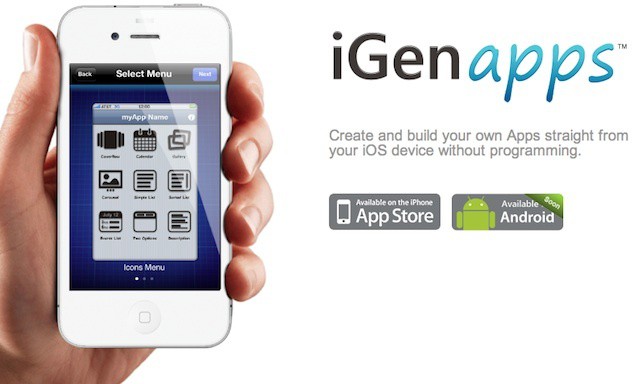

![The Best iPhone And iPad Apps For IT Professionals [Feature] With the right iOS tools, IT pros can manage a datacenter from anyplace](https://www.cultofmac.com/wp-content/uploads/2012/04/datacenter.jpg)
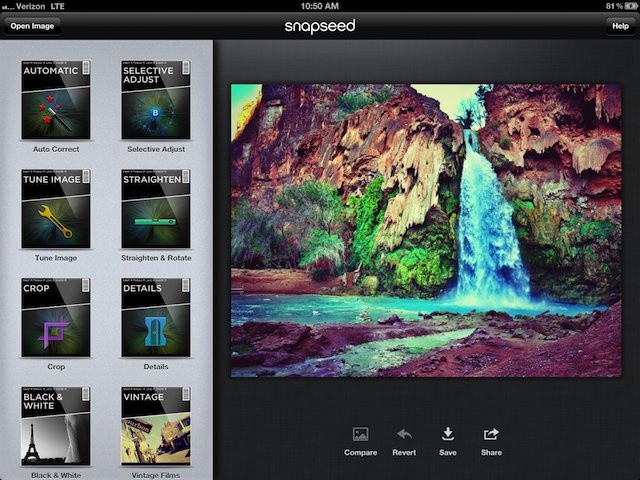
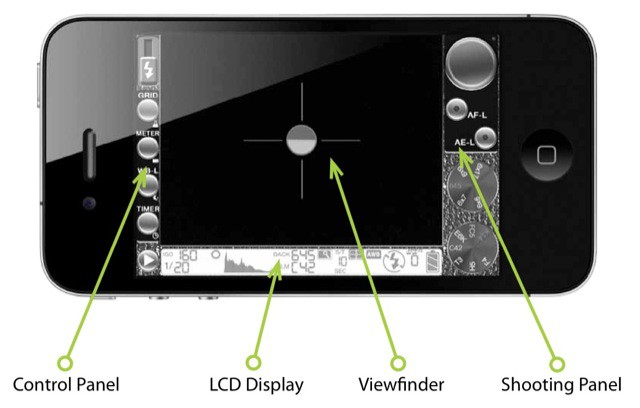
![Mattebox Might Be The Best iPhone Camera App Around [Review] Screen2.jpg](https://www.cultofmac.com/wp-content/uploads/2012/04/Screen2.jpg)
![Last Chance To Grab This Mobile App Testing Video Course [Deals] CoM - Mobile App Testing Course](https://www.cultofmac.com/wp-content/uploads/2012/04/CoM-Mobile-App-Trestingcourse.jpg)


![Spice Up Your Resume & Other Docs With Templates For Pages Pro [Sponsored Giveaway] templates](https://www.cultofmac.com/wp-content/uploads/2012/04/templates.jpg)
